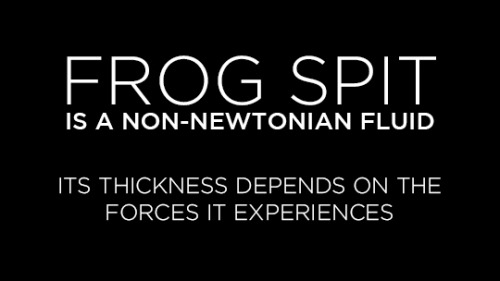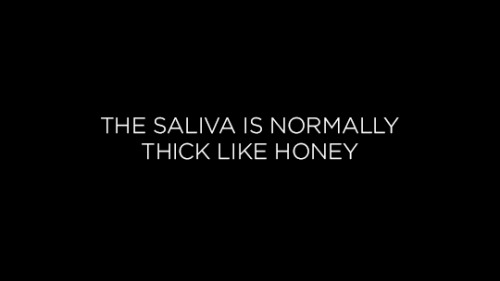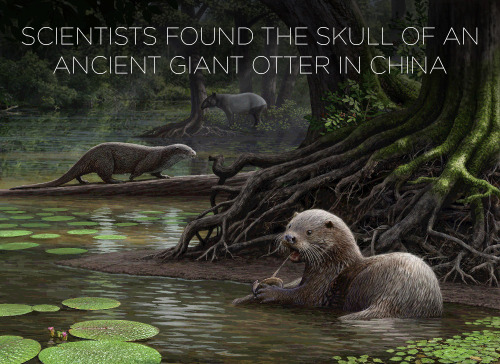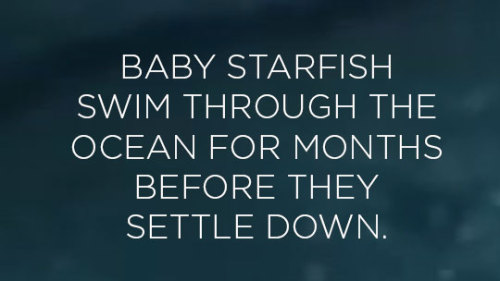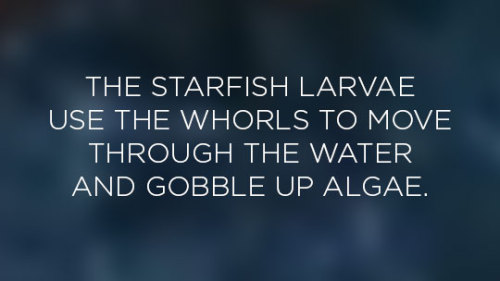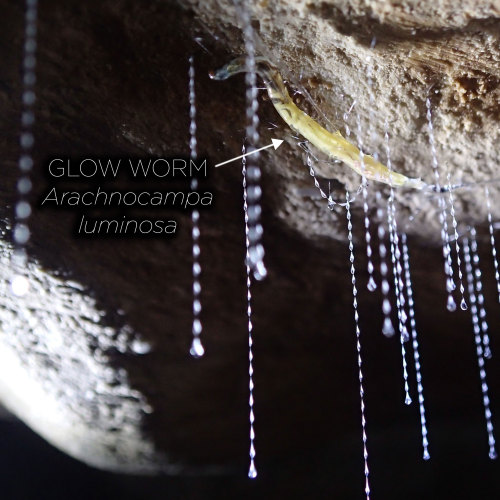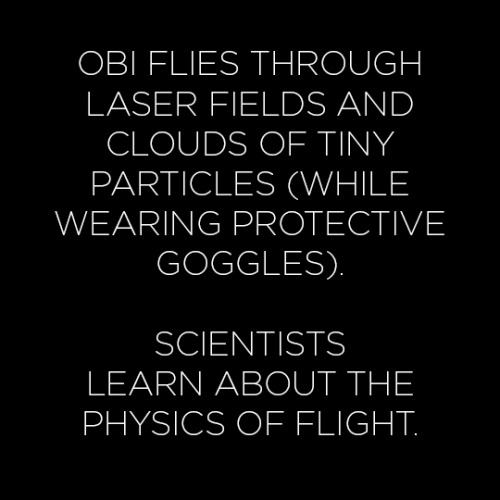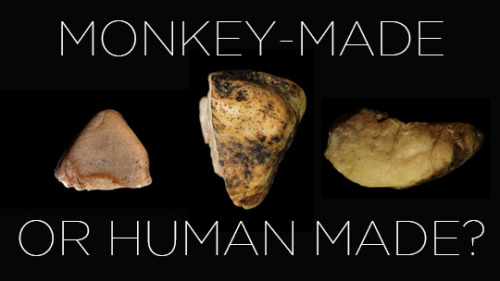#research news
Theresearchersused high-speed photography and an instrument called a Rheometer to analyze frog saliva under prey-capturing conditions. The scientists think frog tongues could one day help engineers design reversible soft adhesives that could work at high speeds.
Read more about it here.
Post link
Full story here. And here’s our rhyming round-up of other ancient, giant versions of modern mammals:
Image credit: Mauricio Antón/Journla of Systematic Palaeontology
Post link
That’s a pretty cool lookin’ bird.
Image Credit: Stanford University, GIF’d by: Maddie Sofia
Post link
Were some of the stone flakes we attribute to our clever ancestors actually created by lil’ ol’ monkeys? Researchers from Oxford University recently documented capuchin monkeys gleefully banging rocks together - probably to get at minerals inside. The flakes they create look pretty similar to those we’ve attributed to human tool makers.
Read the full story from Christopher Joyce. Read a fun rumination on monkey and human tool use by Alva Noe. (And read the study in Nature.)
Image Credits: M. Haslam and the Primate Archaeology Group/University of Oxford/Nature
Post link

